What vegetables can I grow after the winter? Vegetable planting guide after winter
The advent of Lidong means the official start of winter. Generally, vegetables can be grown after the winter, so what vegetables can be grown after the winter? What are the key points for the cultivation of vegetables after the winter?

1. What kind of vegetables are suitable for growing after winter?
The vegetables suitable for planting in the winter are: early spring loofah, early spring bitter gourd, early spring pumpkin, early spring melon, early spring tomato, early spring lentils, spring eggplant, spring pepper, spring cauliflower, spring radish, cabbage, spinach, water celery, bracken (dry ), Wei Cai (dry), black rape, lotus root, early spring cauliflower, early spring cabbage.
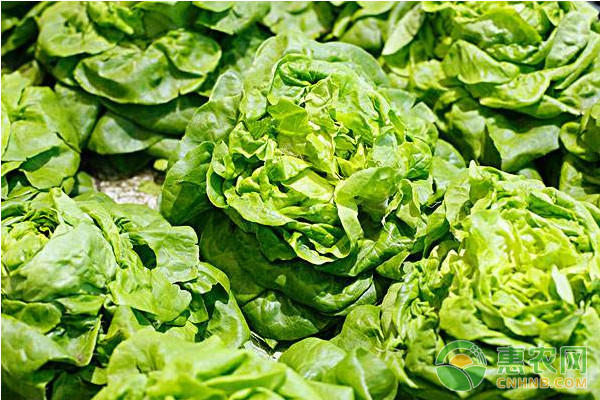
Lettuce
It has strong adaptability, easy cultivation, short growth period, and no strict requirements for harvesting specifications. It can be planted in batches and in batches for annual production. And lettuce has the effect of clearing heat and soothing the nerves, clearing the liver and gallbladder, and nourishing the stomach. Suitable for stomach diseases, Vitamin C deficiency; suitable for obesity, dieters; suitable for high cholesterol, neurasthenia, hepatobiliary patients; raw food, regular food can help women maintain a slim body.
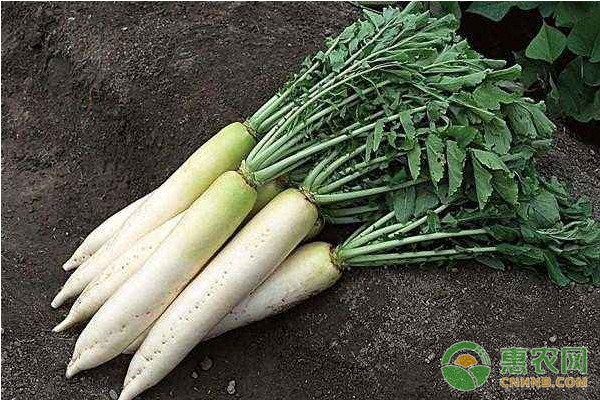
Radish
Commonly, there are carrots, green radishes, white radishes, water radishes and heart-beauty. Radish is like cold, cold, afraid of high temperature, spring sowing is easy to convulsion, it is best to plant in autumn. The leaves are susceptible to aphids and diamondback moths and can be covered with gauze to prevent pests.
Radish contains amylase, which can help digestion; at the same time, the radish is sweet and spicy, and it has the effects of lowering the gas, relieving the cough, relieving the phlegm, eliminating the swelling, benefiting the urine and detoxification.

3. Green stems
Green stalks are one of the Chinese cabbages. The green stalks are warm and cool, and the germination temperature is about 25 °C. In the range of 20-35 °C, the higher the temperature, the faster the germination. The temperature is adaptable at the seedling stage, and the suitable temperature for stem and leaf growth is 18-25 °C. Hi-light, but under high light conditions, although the yield is high, but the quality is worse, the growth quality is best under medium light conditions.
Moreover, the green stalk has the effect of sputum heat, adjusting the stomach and stomach, so people often use it to relieve hangovers and constipation. Moreover, the green stem has high calcium content and is an ideal vegetable for preventing vitamin D deficiency (rickets).
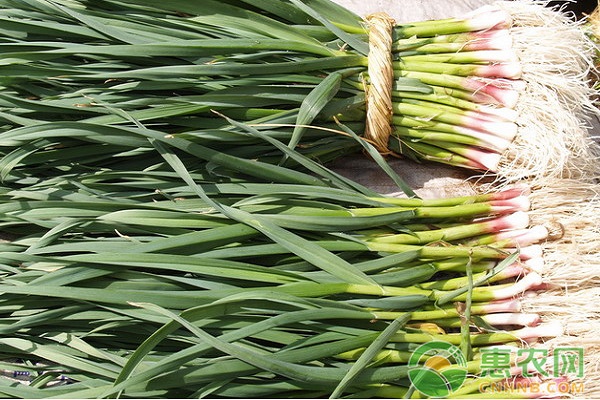
4. Garlic
Garlic is a cold-tolerant long-day plant. The growth temperature is 18-20 °C, and the convulsion requires a low temperature of about 10 °C; the bulbs require long sunshine and high temperature for more than 12 hours. In the case of high temperature plants above 26 °C, the bulbs die and the bulbs go to sleep.
Garlic has a bactericidal and disinfecting effect in our lives, and can prevent influenza; garlic can also prevent diseases such as heart and brain diseases by fighting cancer, sterilizing, and lowering blood sugar.
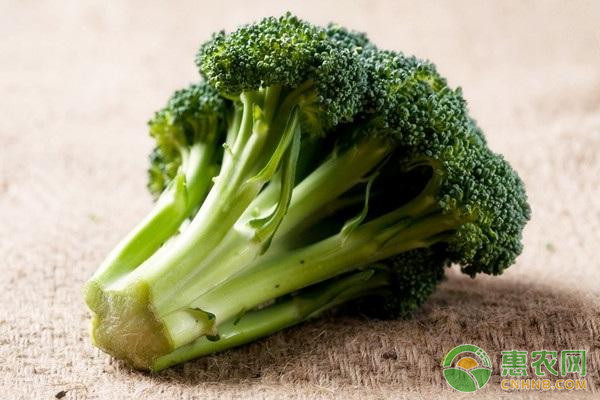
5. Broccoli
It has strong growth, heat resistance and cold resistance. At the same time, broccoli is rich in nutrients, containing protein, sugar, fat, vitamins and carotene. Its nutritional content ranks first among similar vegetables and is known as the “vegetable crownâ€. Broccoli tastes superb, crisp and refreshing, with delicious flavor and fragrance. It can be hot fried, cold mixed, and made into soup. It is a fine product in vegetables.
In addition, based on the nutrients of broccoli, the efficacy of broccoli is also very significant. Broccoli is one of the most flavonoid-containing foods. In addition to preventing infection, flavonoids are also the best vascular cleansing agent to prevent cholesterol oxidation and prevent platelet aggregation, thus reducing the risk of heart disease and stroke. Some people's skin will become blue and purple once they are subjected to small collisions and injuries. This is because the body lacks vitamin K. The best way to supplement is to eat more broccoli.

Second, pay attention to planting vegetables after winter
1. Solar greenhouse to strengthen cold insulation
For the weak parts of the greenhouse doors and windows, the back wall, the rear roof, etc., early insulation and cold protection measures are taken. The rear window and the exhaust fan port are sealed with foam board and straw curtain; the cotton curtain is installed at the door, and the windshield of 5 meters long is set at the entrance of the greenhouse; the cold-proof ditch should be filled into the straw, leaves and other insulation in time. Material; the front roof of the shed is placed on the ground with a 100 cm high agricultural film to prevent cold; the rear roof is too thin to cover 2-3 layers of straw curtains or old insulation is insulated; the back wall is made of soil or covered old straw to increase Insulation, two layers of agricultural film or non-woven fabric are set at night in the shed.
2. Hi-temperature vegetables increase light
For greenhouse plants such as tomatoes, cucumbers, eggplants, sweet peppers, etc., it is necessary to adjust the temperature, light, air humidity and other growth conditions, especially to increase the light, and often scrub and clean the greenhouse film. Light transmittance; timely ventilation and ventilation, strengthen the management of pruning, assisting pollination, thinning and fruit thinning, scientific topdressing, watering, timely control of pests and diseases, etc., to promote plant growth and health, more results, good results.
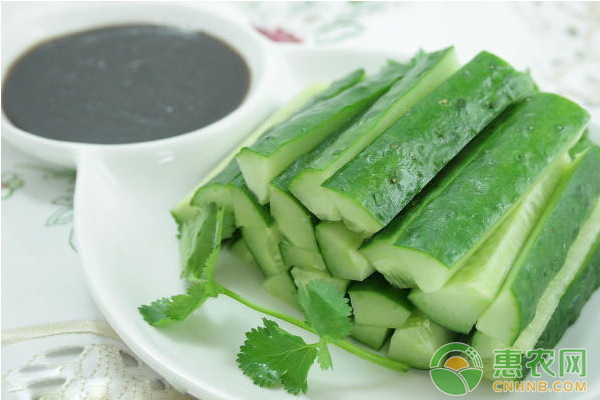
3. Open roots and watering at the right time
Over-winter spinach, shallots, etc., wintering root leeks, etc., timely pouring frozen water and cultivating loose soil, and pouring the frozen water at the time of “night freezing and freezing†(ie, freezing at night and thinning during the day) is most suitable. After pouring the frozen water, the ploughing of the soil will be done, and the surface cracks formed by the watering will be tightened to ensure the safe wintering of the seedlings.
4. Chinese cabbage and radish are stored in time
As the saying goes: "If you don't cut vegetables in the winter, you must be victimized." Chinese cabbage should be harvested in time before freezing, and the head should be dried in the south for 2-3 days, and then refurbished and sold. After drying, it is anti-freeze damage. The roots are piled up in the round and the heads are piled up in a round pile for temporary storage. When the outside temperature is below 0 °C, re-enter the storage. Radishes and carrots should be harvested before the arrival of the frost. Twist the tweezers, cover them with tweezers to ensure that they are not frozen and heated, and dig the storage oysters in advance, and store them in the 11 11 on November 15-20; celery and rapeseed planted in the open field Ukrainian vegetables, coriander and other leafy vegetables should be harvested in time before and after winter to prevent freezing.
5. Autumn sheds are well pulled and harvested
In the autumn greenhouse, tomatoes, cucumbers, peppers, eggplants and other warm crops should be pulled in time. The immature tomato fruits can be gated at night, and the 1 meter high straw curtain or old insulation is covered around the greenhouse at night. The best commodity period is harvested in time.
6. Cold-tolerant vegetables are sown or planted in batches
Greenhouse lettuce, rapeseed, spinach, garnish, cherry radish, fennel, oily wheat and other fast-growing leafy vegetables and root vegetables can be sown or planted in batches to supply the winter market. Spinach, fennel, and cherry radish are directly sown; lettuce, rapeseed, and sauerkraut are taken by means of seedling transplanting. For celery, radish, cabbage, cauliflower and other crops that are in the growth period, it is necessary to manage the suitable environmental conditions, cultivating loose soil, topdressing, watering, and controlling pests and diseases.
Regarding the vegetable planting guide after the winter, Huinong.com is a small series for everyone to talk about. The farmers who need it can continue to pay attention to Huinong.com to learn how to grow vegetables!
Cosmetics are a mixture of various raw materials processed by reasonable allocation. There are many kinds of cosmetics with different properties. According to the cosmetic raw material performance and use, can be divided into two categories of substrate raw materials and auxiliary raw materials. The former is a kind of main raw material of cosmetics, which occupies a large proportion in cosmetics formula and plays a major role in cosmetics. The latter play a role in shaping, stabilizing, or imbuing cosmetics with color, fragrance and other properties that are extremely important in small amounts in cosmetic formulations. Cosmetics is with natural, synthetic or extract all sorts of action different material as raw material, via heating, agitation and emulsification wait for production program processing and become chemical mixture material.
tryptamine labs review,tryptamine supplement,tryptamine high
Shaanxi YXchuang Biotechnology Co., Ltd , https://www.peptidenootropics.com
